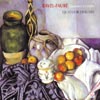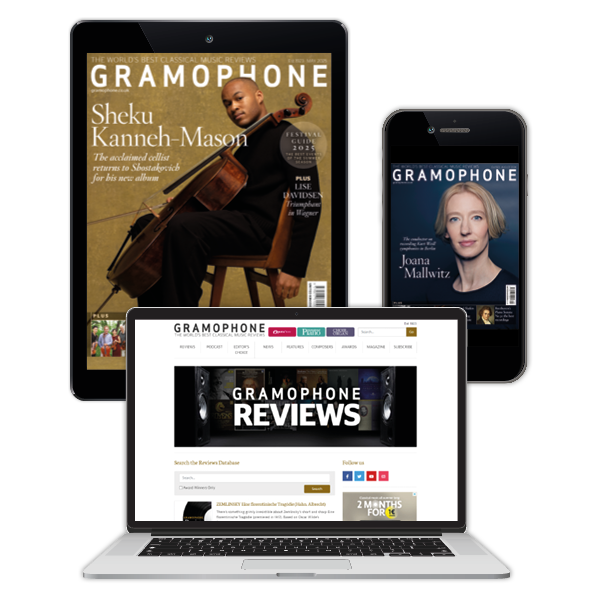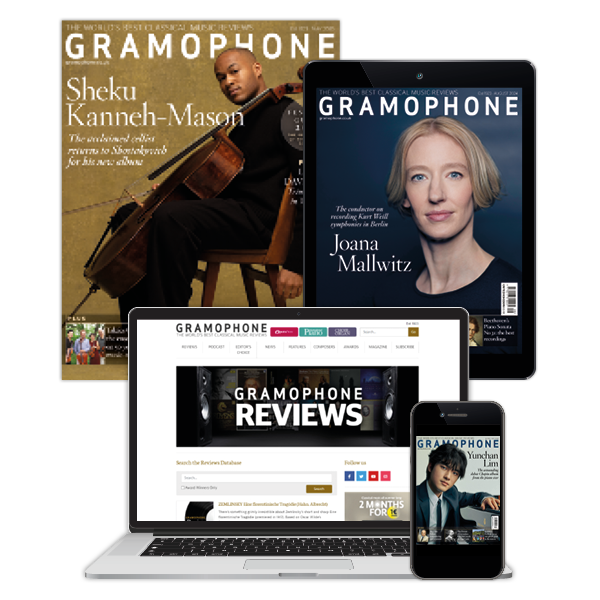Fauré; Ravel String Quartets
Rich, characterful readings of early Ravel and late Fauré string quartets
View record and artist detailsRecord and Artist Details
Composer or Director: Maurice Ravel, Gabriel Fauré
Genre:
Chamber
Label: Arion
Magazine Review Date: 8/2005
Media Format: CD or Download
Media Runtime: 55
Mastering:
Stereo
Catalogue Number: ARN68647

Tracks:
| Composition | Artist Credit |
|---|---|
| String Quartet |
Gabriel Fauré, Composer
Debussy Quartet Gabriel Fauré, Composer |
Author: rnichols
Ravel’s Quartet, written in his late twenties, and Fauré’s, written in his late seventies, conform fairly closely to our expectations of youth and old age. Ten years after finishing the Quartet, Ravel was already lamenting that he could no longer command the same free flow of ideas, while Fauré in his last years was digging ever deeper into the mines of chromatic introspection.
The Debussy Quartet play the Ravel with commendable vigour and rich sonority, and are at ease with the ‘orchestral’ climaxes. There are a few small inelegances: the final violin chords of the first movement are not quite in place; in bar 11 of the second movement the first violin moves up to the high E a beat early; in the slow movement (6’09”) the preparation for the following bars interrupts what should be silence; and the final F major chord of the work is slightly spoilt by the added resonance of an open D string. But colour, panache and clear characterisation of ideas take them a long way, reminding us what an astonishingly accomplished and inventive piece this is.
In the Fauré, I tend towards the Ad Libitum Quartet’s more nuanced approach, nearer in style to the French quartets of old – the viola’s solo passages in the slow movement are surpassingly beautiful. The Debussy Quartet play this work more straightforwardly as a concert piece, rather than as an intimate meditation on the last things, and I particularly admired their handling of the finale, where they retain energy even in the quieter moments. Ideally, I would recommend having both versions.
The Debussy Quartet play the Ravel with commendable vigour and rich sonority, and are at ease with the ‘orchestral’ climaxes. There are a few small inelegances: the final violin chords of the first movement are not quite in place; in bar 11 of the second movement the first violin moves up to the high E a beat early; in the slow movement (6’09”) the preparation for the following bars interrupts what should be silence; and the final F major chord of the work is slightly spoilt by the added resonance of an open D string. But colour, panache and clear characterisation of ideas take them a long way, reminding us what an astonishingly accomplished and inventive piece this is.
In the Fauré, I tend towards the Ad Libitum Quartet’s more nuanced approach, nearer in style to the French quartets of old – the viola’s solo passages in the slow movement are surpassingly beautiful. The Debussy Quartet play this work more straightforwardly as a concert piece, rather than as an intimate meditation on the last things, and I particularly admired their handling of the finale, where they retain energy even in the quieter moments. Ideally, I would recommend having both versions.
Discover the world's largest classical music catalogue with Presto Music.

Gramophone Digital Club
- Digital Edition
- Digital Archive
- Reviews Database
- Full website access
From £8.75 / month
Subscribe
Gramophone Full Club
- Print Edition
- Digital Edition
- Digital Archive
- Reviews Database
- Full website access
From £11.00 / month
Subscribe
If you are a library, university or other organisation that would be interested in an institutional subscription to Gramophone please click here for further information.




